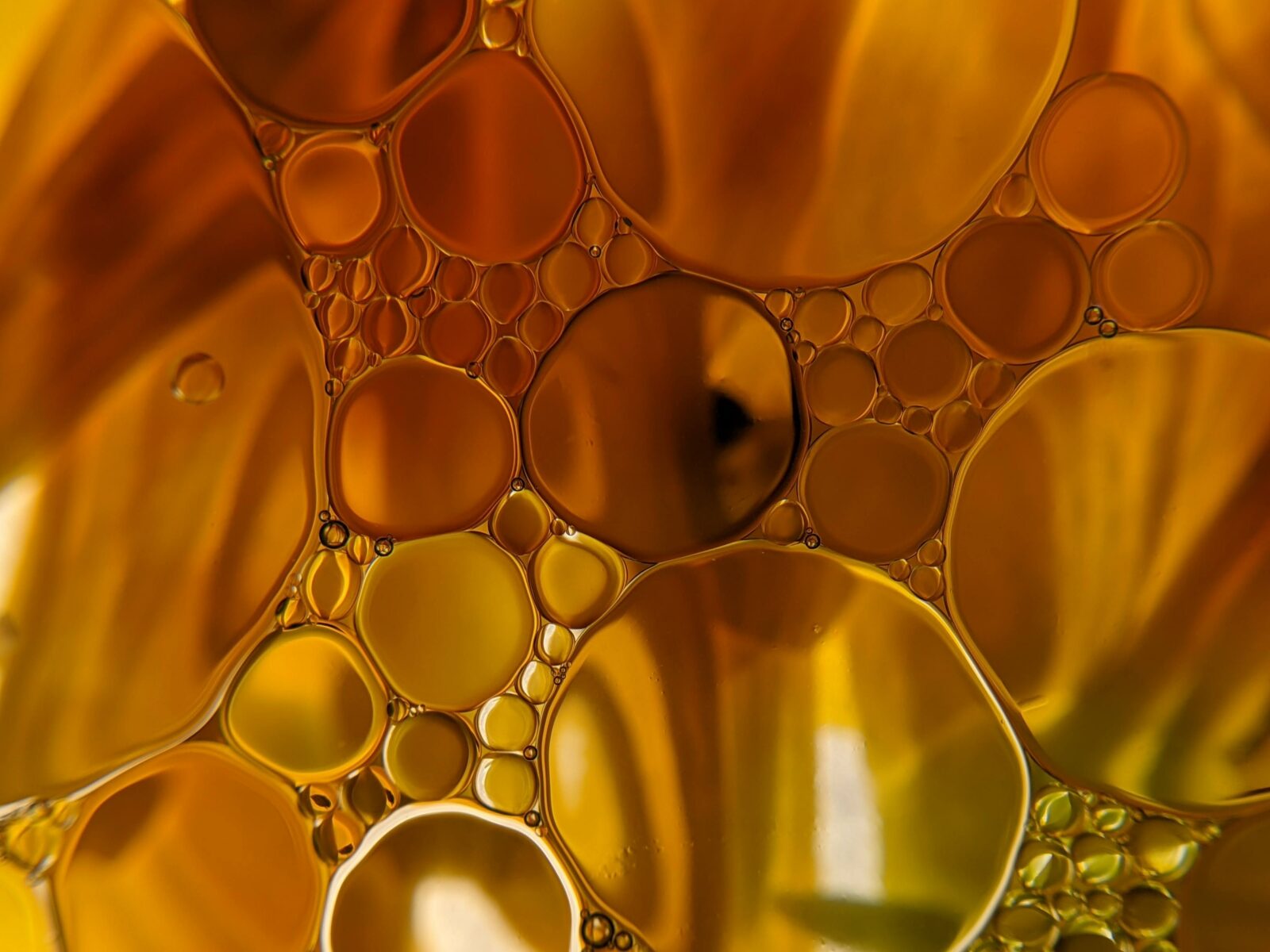
Polyunsaturated Fatty Acids (PUFAs) have become popular in recent years, and are found in vegetable oils, edible oils, seed oils, and plant oils such as cottonseed, rapeseed, sunflower, safflower, rice bran, soybean, corn, and other popular oils. The use of roller mill technology, which replaced stone mill technology in 1880, facilitated the entire removal of the bran and the germ of a grain, leaving only the endosperm, a refined product with its nutrients removed. This led to the creation of PUFAs, including trans fats, which were introduced by Proctor & Gamble in 1911 under the name “Crisco”. PUFAs now make up 63% of the American diet, and are found in 600,000 processed foods sold in the United States.
PUFAs lack vitamins A, D, and K, contribute to most of the chronic diseases associated with modern civilization, and contribute to the epidemic of obesity. The oxidized linoleic acid metabolites found in PUFAs are cytotoxic, genotoxic, mutagenic, carcinogenic, atherogenic, and thrombogenic. Linoleic acid, an 18-carbon omega-6 fat, is the primary fatty acid found in PUFAs and accounts for about 80% of total vegetable oils.
The rise in chronic diseases such as diabetes, obesity, cancer, heart disease, metabolic syndrome, and other conditions is correlated with the rise in the dietary consumption of PUFAs. Indigenous people such as the Tokelau people, who eat a diet almost exclusively of coconut, fish, starchy tubers, and fruit, have no heart attacks, obesity, or diabetes. Animal studies have demonstrated the deleterious effects of PUFAs.
The belief that high low-density lipoproteins (LDL) are a risk factor for heart disease and that by lowering LDL, one can lower the risk of a heart attack is incorrect. The reason for this is because not all LDL particles are the same. Cutting down on red meat and saturated fat and eating more vegetable oil may cause LDL to go down, but those LDLs will not be oxidized. It is the effect of LDL oxidation that triggers insulin resistance and related problems, including heart disease—something the LDL tests don’t detect. Eating saturated fat, on the other hand, may raise LDL, but those LDL particles will be large and fluffy and do not cause arterial damage.
Both Dr. Paul Saladino and journalist Nina Teicholz agree with Dr. Knobbe’s view that the massive increase in linoleic acid consumption, because of its ubiquity in industrial vegetable oils and processed foods, is a key metabolic driver of obesity, heart disease, cancer, and other chronic diseases. They believe that the demonization of saturated fat and cholesterol, which began with the flawed hypothesis in 1960 to 1961 that saturated fat causes heart disease, is responsible for the rise in chronic diseases. The first Dietary Guidelines for Americans, introduced in 1980, told people to limit their saturated fat and cholesterol, while exonerating carbs, which were increasingly made with PUFAs.
Members Only Content
To continue reading please subscribe to WellnessPlus by Dr. Jess MD
Be your own best doctor with our comprehensive suite of online health coaching tools.
